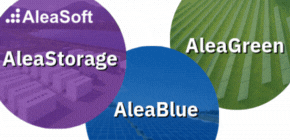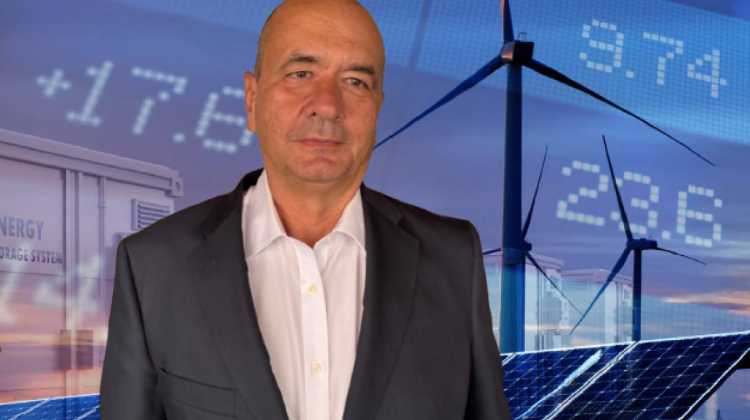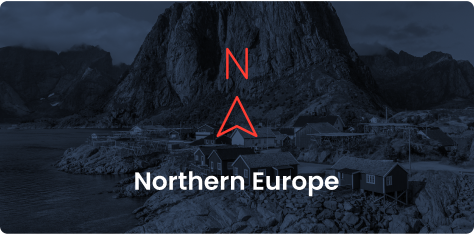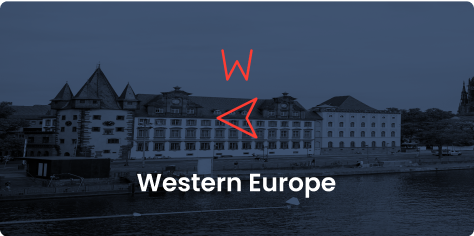The 28 April blackout reignited the debate around the stability of the Spanish power grid. During FES Iberia 2025, one of the most prominent energy events in the region, Wattkraft’s Technical Director for Southwest Europe, Jesús Heras, Technical Director for Southwest Europe at Wattkraft, proposed a clear response: more and better storage.
“After what happened with the blackout, I dare say that storage is here to save the grid,” Heras declared during the event’s opening panel.
Batteries as the backbone of a smart grid
According to Wattkraft, the system must not backtrack to polluting technologies. In Heras’s words: “We need to build a smarter grid, a Smart Grid, not rely again on gas-fired plants that are polluting and no longer cost-competitive.”
Instead, he positions batteries as a multifunctional solution capable of delivering firmness, flexibility, fast response, and—above all—resilience.
“The battery is the Swiss Army knife that gives you a thousand options to handle renewables’ volatility,” he explained. Heras highlighted that storage systems can provide vital services such as grid forming, synthetic inertia, black start capability, and node congestion relief.
Industrial self-consumption gains momentum
Battery-based self-consumption is rapidly growing in the industrial segment. “Since the blackout, there’s been a lot of concern from industrial players and factories regarding their energy independence,” observed Heras.
According to Wattkraft, interest in backup solutions has surged following damages to production lines and raw materials caused by the power outage.
“In the past three years, batteries have strongly supported industrial self-consumption—not just for gaining independence, but also for reducing electricity costs,” Heras said. He added that Wattkraft has already installed 100 MWh of industrial battery systems.
Clearer regulation is needed to accelerate deployment
Wattkraft is calling for more agile regulatory frameworks and concrete economic incentives. Heras acknowledged recent developments such as PM7.4 and CNMC’s regulatory advances, but warned that more clarity and support are necessary: “Batteries can provide these services, but if they’re not remunerated, no one is going to invest in them,” he stated.
He also emphasised that storage should be recognised as a critical infrastructure within the energy system, not merely a supporting component.
Technology, efficiency and reliability
Technology quality is another strategic priority for Wattkraft. “The last thing you want is for a battery to be dangerous. Lithium iron phosphate technology today is very safe,” he explained.
He also pointed to the importance of round-trip efficiency, as it directly affects project profitability: “When you feed energy into a battery, that energy has a cost. You want it to deliver high performance in return.”
Durability is equally important: “You need a trusted battery brand that gives you the confidence that, in 20 years’ time, the capacity promised under warranty will still be there,” Heras added.
Software as a strategic asset
For Wattkraft, the real differentiator lies in the software layer. “A battery without software is just a giant paperweight,” Heras remarked.
Digitalisation enables access to markets and services such as intelligent self-consumption, revenue stacking, demand-side response (DSR), and upcoming capacity mechanisms like PO7.4. “Software is the most important part. If you don’t manage it properly, you can’t access the markets that are coming,” he stressed.
A new wave of storage is on the horizon
With a pragmatic yet ambitious outlook, Heras concluded his intervention with a forward-looking forecast: “I foresee a major wave of storage deployment in the next six months.” Wattkraft, he affirmed, is fully prepared to lead this transition, leveraging technological innovation, regulatory insight and hands-on operational experience.
Storage, then, is no longer a mere add-on. According to Wattkraft, it is the backbone of a new energy system—smart, resilient and secure.
Revisit the discussion via Strategic Energy Corp’s YouTube channel





























